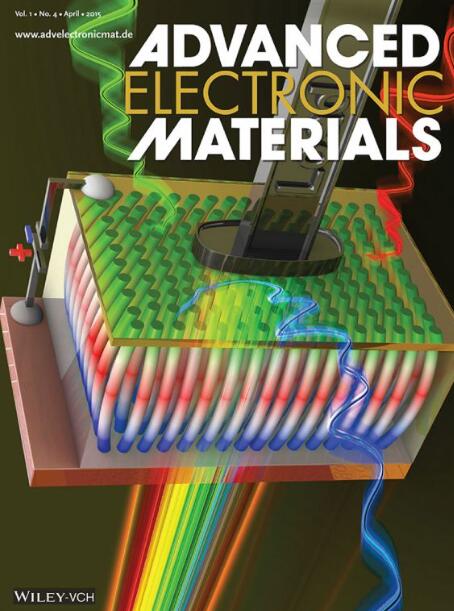ReRAM/CMOS Array Integration and Characterization via Design of Experiments
IF 5.3
2区 材料科学
Q2 MATERIALS SCIENCE, MULTIDISCIPLINARY
引用次数: 0
Abstract
No two fabricated Resistive Random Access Memory (ReRAM) devices are alike. Each device can have its own individual optimal set of operating parameters that gives the best performance. However, in an array each device needs to be measured in similar operating settings. Therefore, it is necessary to find the optimal settings where most devices will have the best performance across the entire array population. Traditional sampling methods require a large number of tests within an experimental space, which is time‐intensive and resource‐draining. As an alternative, this study proposes the adoption of the Latin square method under the Design of Experiments (DoE) framework for the characterization and performance optimization of arrays of ReRAM devices. This innovative approach drastically reduces the number of experimental tests, thereby offering a faster way to discern the impact of each factor and fine‐tune device parameters effectively. The core objective of employing this DoE technique is to harness its potential for optimizing parameters that significantly enhance the ON/OFF ratio and endurance of ReRAM devices. The optimization technique, performed on a CMOS‐integrated 20 k array of ReRAM devices, increases the device yield by ≈84%, compared to the previous integration with an unoptimized technique.基于实验设计的ReRAM/CMOS阵列集成与表征
没有两个制造的电阻随机存取存储器(ReRAM)设备是相同的。每个设备都可以有自己的最佳运行参数集,以提供最佳性能。然而,在阵列中,每个设备需要在类似的操作设置中进行测量。因此,有必要找到大多数设备在整个阵列人口中具有最佳性能的最佳设置。传统的采样方法需要在一个实验空间内进行大量的测试,这是时间密集和资源消耗。作为一种替代方案,本研究提出采用实验设计(DoE)框架下的拉丁平方方法来表征和优化ReRAM器件阵列的性能。这种创新的方法大大减少了实验测试的数量,从而提供了一种更快的方法来识别每个因素的影响,并有效地微调器件参数。采用这种DoE技术的核心目标是利用其优化参数的潜力,从而显着提高ReRAM器件的开/关比和耐用性。该优化技术在CMOS集成的20k ReRAM器件阵列上进行,与之前未优化的集成技术相比,器件成品率提高了约84%。
本文章由计算机程序翻译,如有差异,请以英文原文为准。
求助全文
约1分钟内获得全文
求助全文
来源期刊

Advanced Electronic Materials
NANOSCIENCE & NANOTECHNOLOGYMATERIALS SCIE-MATERIALS SCIENCE, MULTIDISCIPLINARY
CiteScore
11.00
自引率
3.20%
发文量
433
期刊介绍:
Advanced Electronic Materials is an interdisciplinary forum for peer-reviewed, high-quality, high-impact research in the fields of materials science, physics, and engineering of electronic and magnetic materials. It includes research on physics and physical properties of electronic and magnetic materials, spintronics, electronics, device physics and engineering, micro- and nano-electromechanical systems, and organic electronics, in addition to fundamental research.
 求助内容:
求助内容: 应助结果提醒方式:
应助结果提醒方式:


